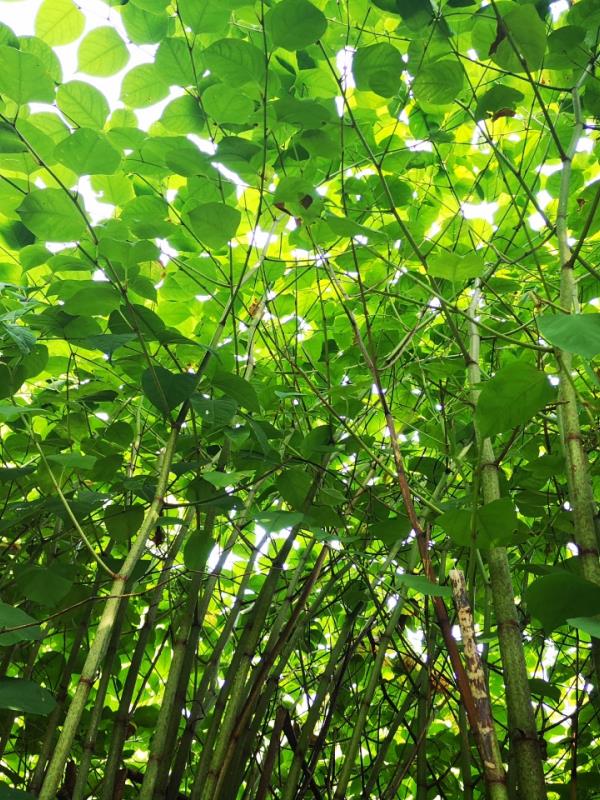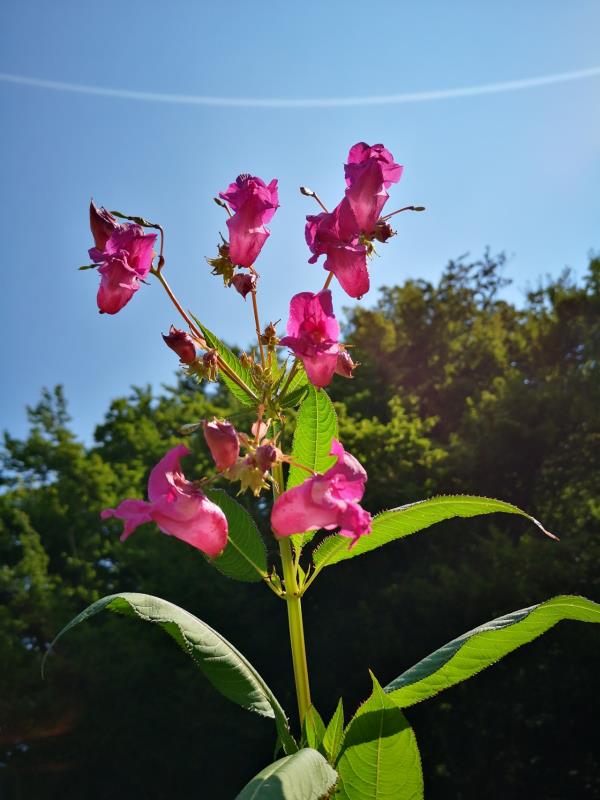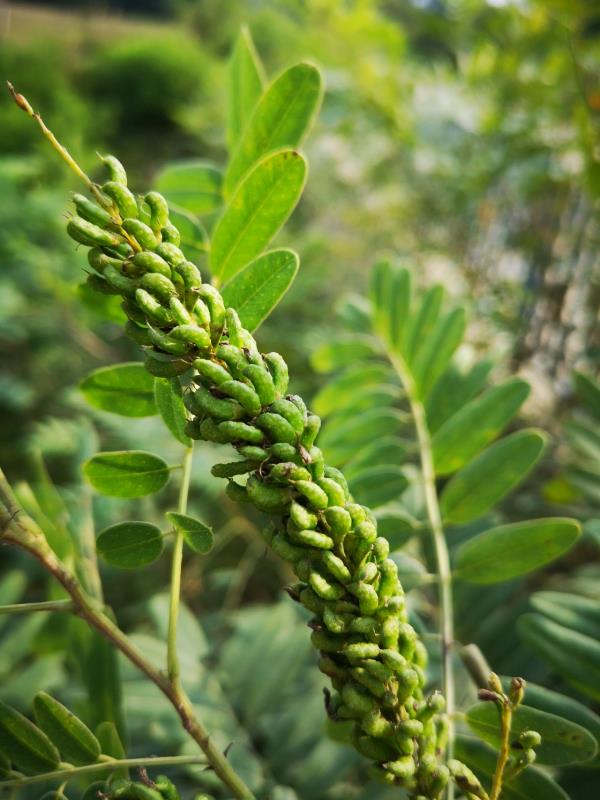Ragweed
Family: Asteraceae
The scientific name: Ambrosia artemisiifolia L.
Description
Ragweed is an annual herbaceous plant that grows from 20 to more than 150 cm in height. Its root is shallow and branched, and the stem is erect and quadrangular with hairs which are rough to the touch. The 5 to 10 cm long and deeply feathered leaves grow opposite each other. The male flowers produce huge amounts of pollen, and pollination is mainly through the wind. It produces between 3,000 and 60,000 seeds a year, which are spread either by wind over short distances, or through birds and mammals' fur and over longer distances.
Origin
North America and Mexico.
Method and reason of introduction
It is believed to have been first introduced to Europe in the mid-19th century and has since been accidentally introduced to various parts of Europe as an unwanted component of cereal and grass seeds.
Influenced habitats
This is a plant typically found in neglected and disturbed habitats, mostly those under human influence. Wherever there is a bare surface ragweed will soon appear (for example, in the first year after abandoning agricultural fields). It can be found along settlements, roads, construction sites, railways, on agricultural land along the edges of crops and other similar places.
Did you know?
Ragweed pollen is considered one of the strongest allergens, and one plant can drop over a million pollen grains a day.
Impacts on living beings
Allelopathy – releases substances into the soil which prevent the germination of other species.
Competition – it is considered a relatively weak competitor, but in disturbed habitats and under favourable germination and growth conditions it establishes itself as a single culture and completely displaces other species.
Herbivores – it is food for many animals, mostly insects. However, many of these insects are crop parasites and therefore not suitable for controlling ragweed. Nevertheless, North American beetles of the genus Ophraella are particularly interesting as they are thought to be usable in the biological control of ragweed.
Competition – it is considered a relatively weak competitor, but in disturbed habitats and under favourable germination and growth conditions it establishes itself as a single culture and completely displaces other species.
Herbivores – it is food for many animals, mostly insects. However, many of these insects are crop parasites and therefore not suitable for controlling ragweed. Nevertheless, North American beetles of the genus Ophraella are particularly interesting as they are thought to be usable in the biological control of ragweed.
Significance
Within its natural range it is used in medicine. Its juices are used to stop local bleeding and to treat indigestion. However, it should be emphasized that the damage it inflicts is far greater than the potential benefits that have not even been sufficiently researched. For example, available data from neighbouring Hungary show that ragweed was present on about 418,000 hectares in 1990, 2.9 million hectares in 2001, and in 2008 ragweed could be found on 5 million hectares out of a total of 6.2 million hectares of agricultural land in Hungary. The economic damage it causes in Hungary is estimated at around EUR 100 million.
One hectare covered with ragweed annually produces about 66 kg of pollen per vegetation season.
One hectare covered with ragweed annually produces about 66 kg of pollen per vegetation season.
Negative impacts on biodiversity:
Significantly slows down the regeneration of natural habitats.Threatens rare plant species and many natural plant communities that grow in the same habitats.
How to remove it?
When ragweed is found in small areas, it is recommended to pluck whole plants before they can produce seeds. In organic farming, one should undertake every effort to sow the plants so that they germinate at least 10 days before ragweed. On large areas, methods that are considered good are using herbicides or ploughing to a minimum depth of 10 cm.
Related articles
False Indigo Bush
The areas that are completely covered by false indigo bushes are symbolically called green deserts.
Read more





